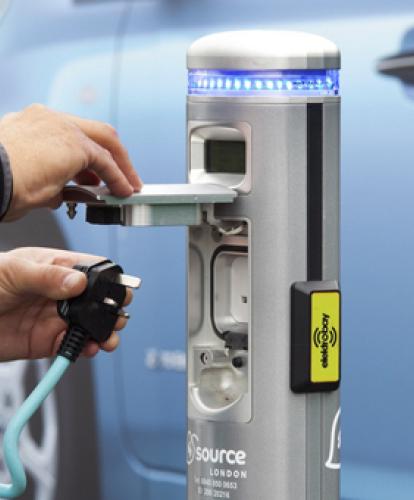Through a Freedom of Information Act request to Transport for London (TfL) the RAC Foundation found that in June 2014 only 324 (36%) of the 905 electric car charging units in London were plugged into, whilst the remaining 568 were not used once.
Unfortunately this isn’t the first bit of negative press surrounding the charging infrastructure in London. When Source London, the regional charge point network for the London area, changed hands from TfL to IER last year it emerged that almost a third of the network’s charging points were inoperable.
Since then, not much has changed and it appears that IER have reached a stalemate with local authorities and charge point manufacturers on who is responsible for fixing the faulty units.
The new statistics did reveal some positive truths, however; in June 2014 there were a total of 4,678 charging sessions, which is more than double the 2,243 figure a year earlier. This highlights how the EV market is growing at a tremendous rate, now with over 20,000 plug-in vehicles on UK roads.
The analysis also revealed that 80% of all charging takes place in inner London yet only 46% of Source London points are in this area.
The most used charging unit in June 2014 was at Victoria Station, registering 302 charging sessions.
The average length an EV spent charging at London charging points was 5 hours 35 minutes.
Professor Stephen Glaister, director of the RAC Foundation, said:
“The encouraging news is that electric car sales in the UK are at last showing signs of improvement, but we still have a charging network that is running far from capacity.
“The Mayor of London has committed to rolling out another 4,500 charging points over the next three years, on the way to meeting his ultimate target of 25,000, yet official data shows the bulk of the units we already have are significantly underused.
“One reason for this could be the large number of units that appear broken. The Source London website suggests around a third of charge points are out of service, so you couldn’t charge your car from them even if you wanted to. Before we splurge money on more units we must ensure the existing network is fully operational and accessible.
“Hopefully our analysis will give an indication of where further money should be spent and where extra infrastructure might be needed.”
RAC



